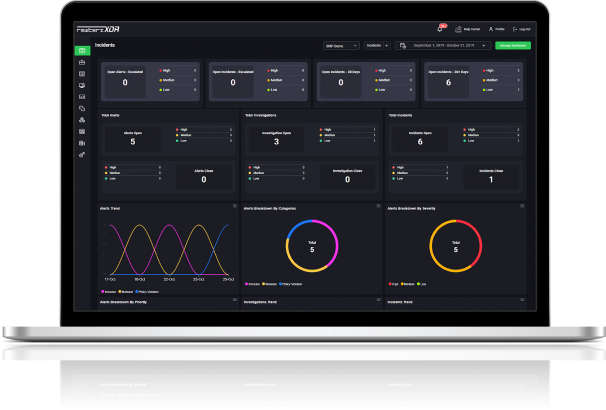

Windows RDP Vulnerability Enables Remote Code Execution
June 11, 2025
Multiple Google Chrome Vulnerabilities
June 11, 2025
Windows RDP Vulnerability Enables Remote Code Execution
June 11, 2025
Multiple Google Chrome Vulnerabilities
June 11, 2025Severity
High
Analysis Summary
A critical privilege escalation vulnerability, tracked as CVE-2025-32713, has been discovered in the Windows Common Log File System (CLFS) Driver. Disclosed on June 10, 2025, this flaw affects a broad range of Windows operating systems, including legacy versions and the latest builds of Windows 10, 11, and Server 2025. The vulnerability arises from a heap-based buffer overflow (CWE-122) within the CLFS driver, allowing attackers to manipulate memory allocations and potentially execute arbitrary code with elevated privileges. A security researcher reported the issue through Microsoft’s coordinated vulnerability disclosure program.
Microsoft has rated this vulnerability as “Important” with a CVSS 3.1 score of High, highlighting the significant risk it poses. Despite requiring local access and a low-privileged user account, the vulnerability is concerning due to its low attack complexity, no user interaction requirement, and potential for SYSTEM-level privilege escalation. The CVSS vector indicates that successful exploitation could give attackers full control over targeted systems, particularly in enterprise environments. Microsoft has labeled the exploitability as “More Likely,” although, as of the disclosure date, there are no known public exploits or active attacks.
The vulnerability impacts a wide array of systems, including Windows 10 (1607, 1809, 21H2, 22H2), Windows 11 (22H2, 23H2, 24H2), and Windows Server versions from 2008 through 2025. This demonstrates the widespread integration of the CLFS driver across Microsoft platforms. Microsoft has released security updates addressing the flaw, such as KB5060999 for Windows 11 (build 10.0.22631.5472) and KB5060533 for Windows 10 (build 10.0.19045.5965). Windows Server 2025 receives patches KB5060842 and KB5060841, while older versions like Windows Server 2012 R2 and 2008 also receive relevant rollups (KB5061018, KB5061026, and KB5061072).
Given the vulnerability’s severity and the potential for SYSTEM-level privilege escalation, organizations are urged to immediately apply the released patches. Microsoft recommends adopting defense-in-depth strategies, ensuring updated endpoint protection, and actively monitoring logs for any suspicious privilege escalation activity. Swift action is essential to protect enterprise environments from potential exploitation attempts, especially as public awareness and exploit development may follow the disclosure.
Impact
- Buffer Overflow
- Privilege Escalation
Indicators of Compromise
CVE
CVE-2025-32713
Affected Vendors
- Microsoft
Affected Products
- Windows Client OS: 10 (1607- 1809- 21H2- 22H2)
- Windows Client OS: 11 (22H2- 23H2- 24H2)
- Windows Server OS: 2008- 2012/R22016- 2019- 2022- 2025
Remediation
- Use Microsoft Automatic Update to apply the appropriate patch for your system, or the Microsoft Security Update Guide to search for available patches.
- Ensure automatic updates are enabled to receive future security fixes promptly.
- Apply the principle of least privilege (PoLP) to all user accounts.
- Avoid giving local admin rights to users unless absolutely necessary.
- Use Endpoint Detection and Response (EDR) tools to monitor for suspicious processes or privilege escalation behavior.
- Set up alerts for anomalies involving CLFS.sys.
- Use Group Policy or other endpoint protection mechanisms to limit access to system drivers and logs.
- Run vulnerability scans to identify unpatched systems.
- Prioritize patching high-risk systems (e.g., domain controllers, servers).
- Monitor Windows Event Logs for unusual activity that may indicate an exploitation attempt.
- Train users to recognize phishing and other social engineering tactics that attackers might use to initiate privilege escalation.








